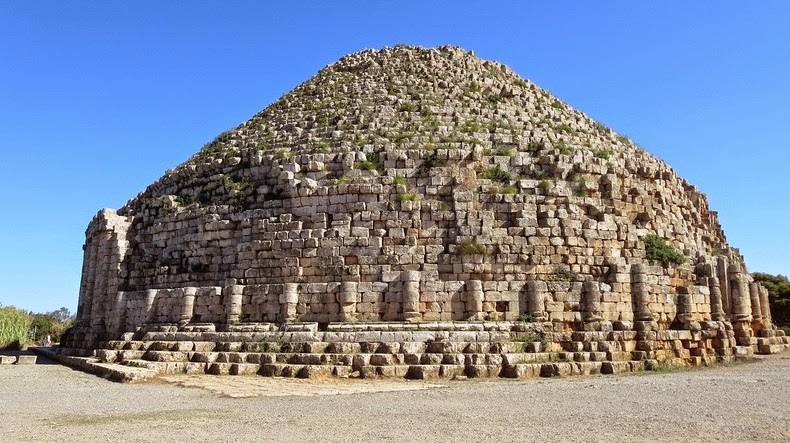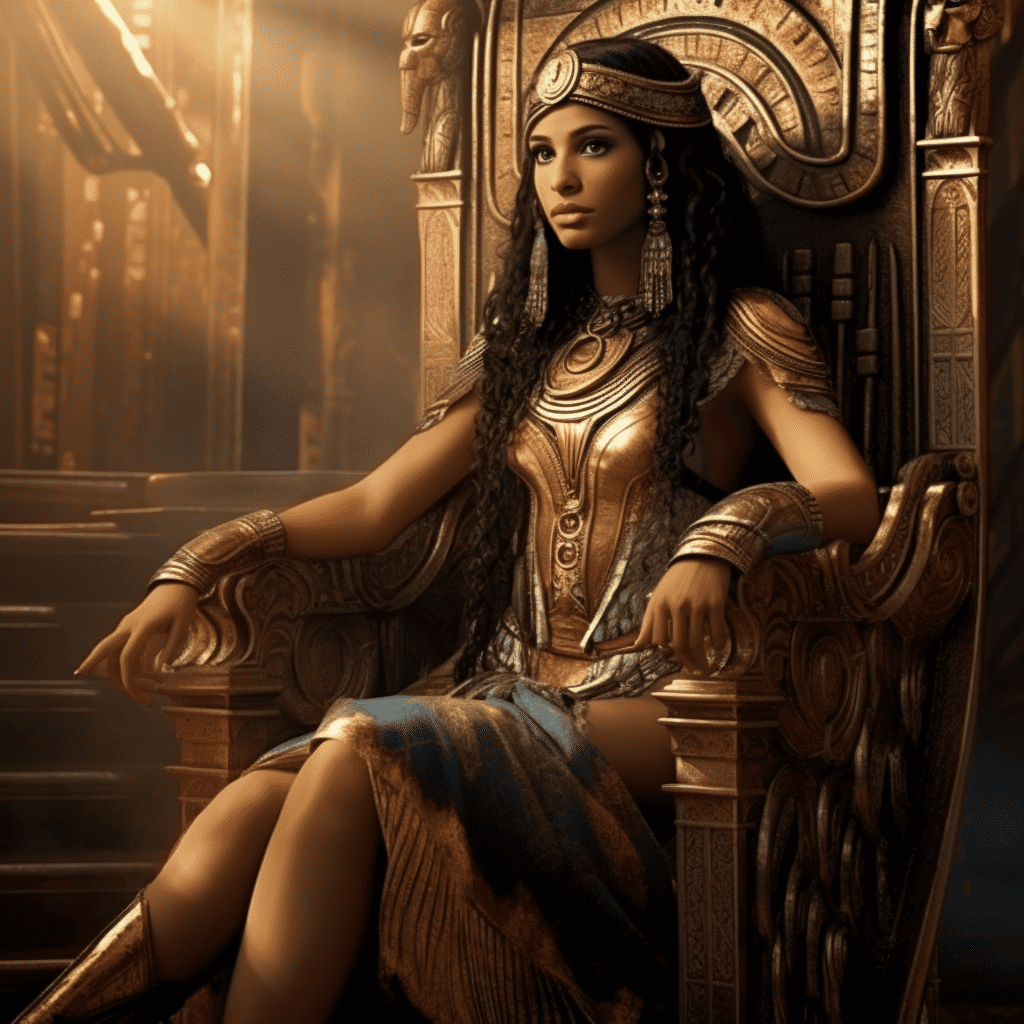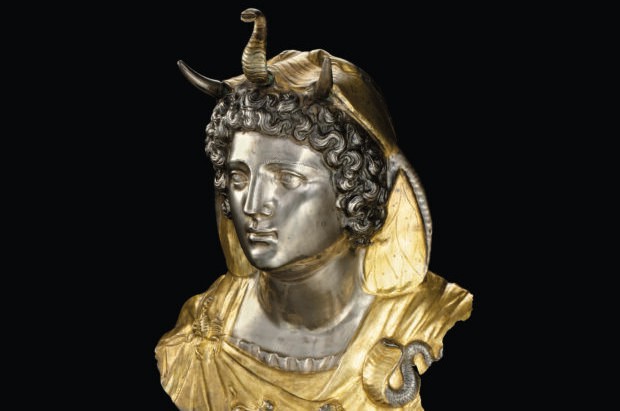Cleopatra Selene II (Greek: Κλεοπάτρα Σελήνη; late 40 BC – December 6 BC), also known as Cleopatra VIII of Egypt or Cleopatra VIII, was a princess of the Ptolemaic dynasty and the only daughter of the Greco-Egyptian queen of Egypt from the Ptolemaic dynasty, Cleopatra VII, with the Roman triumvir Mark Antony.
Born into a world rife with political intrigues and power struggles, the story of Cleopatra Selene II is one of resilience, adaptation, and enduring influence. This article delves into the life and achievements of this enigmatic princess, shedding light on her unique position in history.

The context of Cleopatra Selene II’s birth
The name Cleopatra Selene II originates from Greek, meaning “moon”, contrasting with the name of her twin brother, who was named Alexander Helios, which means “sun” in Greek. she was destined to be a part of one of the most famous and controversial families in history.
Following the brutal defeat of her parents before Octavian (later Emperor Augustus) in the Battle of Actium in 31 BCE, Cleopatra Selene II and her twin brother, Alexander Helios, were taken to Rome as political prisoners. A youthful and ambitious Octavian paraded the captives in a triumphal procession, disguised as the sun and the moon. Despite being imprisoned, they were still nurtured within the household of Octavia, Octavian’s sister and the former wife of Mark Antony. This arrangement served as both a political strategy to consolidate Octavian’s power and an opportunity for Cleopatra Selene II to receive a prestigious Roman education.

During her time in Rome, Cleopatra Selene II immersed herself in the rich cultural and intellectual milieu of the empire. As befitting her noble status, she received an exceptional education, delving into Greek and Latin literature, philosophy, and rhetoric. Fluent in several languages, including her native Egyptian, she maintained connections to her heritage and adeptly maneuvered through the intricacies of diplomacy.
Journey to become Queen Mauretania

As Cleopatra Selene II matured, her life took a surprising turn with her marriage to Juba II, the king of Mauretania (modern-day Morocco and Algeria). This strategic union aimed to bolster Rome’s control over North Africa while elevating Cleopatra Selene II’s status and authority. However, it was not a marriage of her choice but rather a political arrangement orchestrated to benefit Rome. Despite this, Cleopatra Selene II and Juba II welcomed two children, Ptolemy and Drusilla, and fostered a vibrant court renowned for its intellectual endeavors and architectural marvels.
Through her marriage to Juba II, Cleopatra Selene II ascended to the throne of Mauretania, ruling alongside her husband and demonstrating astute leadership and dedication to her royal duties. As queen, she wielded her dual heritage, blending influences from Egypt, Greece, and Rome within her court. She continued to promote cultural exchange, fostering advancements in art, science, and architecture.

She forged strong alliances with the Roman emperors, securing the loyalty and protection of Rome for Mauretania. Cleopatra Selene II’s leadership skills, intelligence, and diplomatic acumen made her a respected figure among her contemporaries
These legacies have survived centuries since the legacy of Cleopatra Selene II

- One of Cleopatra Selene II’s most important contributions was the architectural transformation of her capital. She commissioned the construction of magnificent public buildings, temples, and theaters that reflected the grandeur of Roman and Egyptian architectural styles.
- Cleopatra Selene II’s reign in Mauretania left a lasting impact on the region. Her court at Caesarea (modern Cherchell in Algeria) became a center of intellectualism, attracting scholars, scholars and artists from various parts of the Roman Empire.
- Cleopatra Selene II, as an Egyptian queen, maintained close ties with Egypt, preserving and promoting her family’s heritage. She supported the worship of Egyptian gods, such as Isis and Serapis in Mauretania, and played a role in reviving religious practices of the Egyptian people.
Cleopatra Selene II – One of the last of the Ptolemaic dynasty

The legacy of Cleopatra Selene II endured long after her passing. Through her granddaughter Drusilla, her lineage intertwined with the highest echelons of Roman nobility for many generations to come. However, the fortunes of her family eventually waned, and Mauretania was annexed by Rome around 40 CE, following the brutal assassination of Ptolemy of Mauretania by Caligula. Nevertheless, Cleopatra Selene II’s influence on the culture and history of the region persisted, leaving an indelible mark on the fabric of North Africa.
